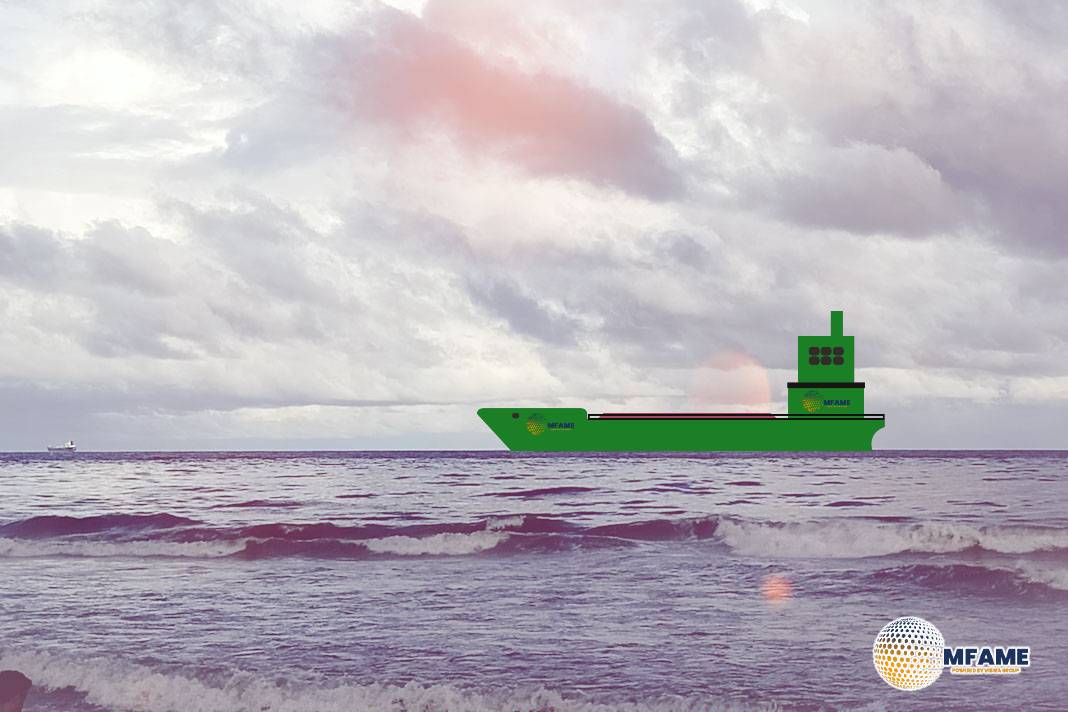The IMO is advancing efforts to modernize global maritime safety regulations by introducing new rules aimed at improving standards to support emerging technologies and fuels, according to DNV.
Kathrine Ilje Nerland, Senior Principal Engineer, DNV, has highlighted through a DNV insight article, key topics regarding maritime safety that are currently on the agenda of the International Maritime Organization (IMO).
Propulsion and steering
The IMO is now working on a revision of SOLAS Chapter II-1 that addresses both traditional and non-traditional propulsion and steering systems. According to Kathrine Ilje Nerland, the new requirements will be goal-based and therefore naturally apply to all steering and propulsion system types.
Crucially, they will be broader and more flexible than prescriptive regulations, outlining what needs to be achieved as opposed to how this should be achieved, allowing the IMO to define key safety criteria and leave the technical implementation to other stakeholders.
Fire safety for containerships
The IMO is considering measures for the detection and control of fires in container cargo areas. These measures include:
- Requirements for portable infrared thermal imagers, suitable for screening containers and detecting hot areas
- Requirements and performance standards for water mist lances, including means for extended reach into containers
- Requirements and performance standards for mobile water monitors and fixed water monitors
- Water protection systems below the hatch coaming and pontoon hatches
One important consideration is that any regulations on tackling fires should aim to minimise any risk of danger to crew.
Charging up electric vehicle transport
The IMO has developed an action plan to evaluate the adequacy of fire protection, detection, and extinguishing arrangements in vehicles, special category, and ro-ro spaces in order to reduce the fire risk of ships carrying new-energy vehicles.
The action plan includes the analysis of reports, studies, and technologies; the identification of hazards; and the development of related goal-based measures.
Safe Return to Port (SRtP) progress
The IMO is working on a revision of the “Interim Explanatory Notes for the Assessment of Passenger Ship Systems’ Capabilities After a Fire or Flooding Casualty” (MSC.1/Circ.1369) to facilitate uniform implementation of the concept, taking into account experience gained so far.
One of the key discussions revolves around the concept of remaining operational, particularly in terms of assessing passenger ship systems’ capabilities after a fire or flooding incident and defining the criteria for what it means to stay operational.
Ensuring plain sailing for autonomous ships
The chapters of the Maritime Autonomous Surface Ships (MASS) Code on risk assessment, remote operations, and connectivity are now nearing completion. The chapters on remote operation and connectivity will apply depending on the mode of operation and the functionality being applied.
The non-mandatory MASS Code is to be finalised by 2026, followed by an experience-building phase after its adoption. A mandatory code is expected to enter into force in 2032, at the earliest.
Did you subscribe to our daily Newsletter?
It’s Free Click here to Subscribe!
Source: DNV

















